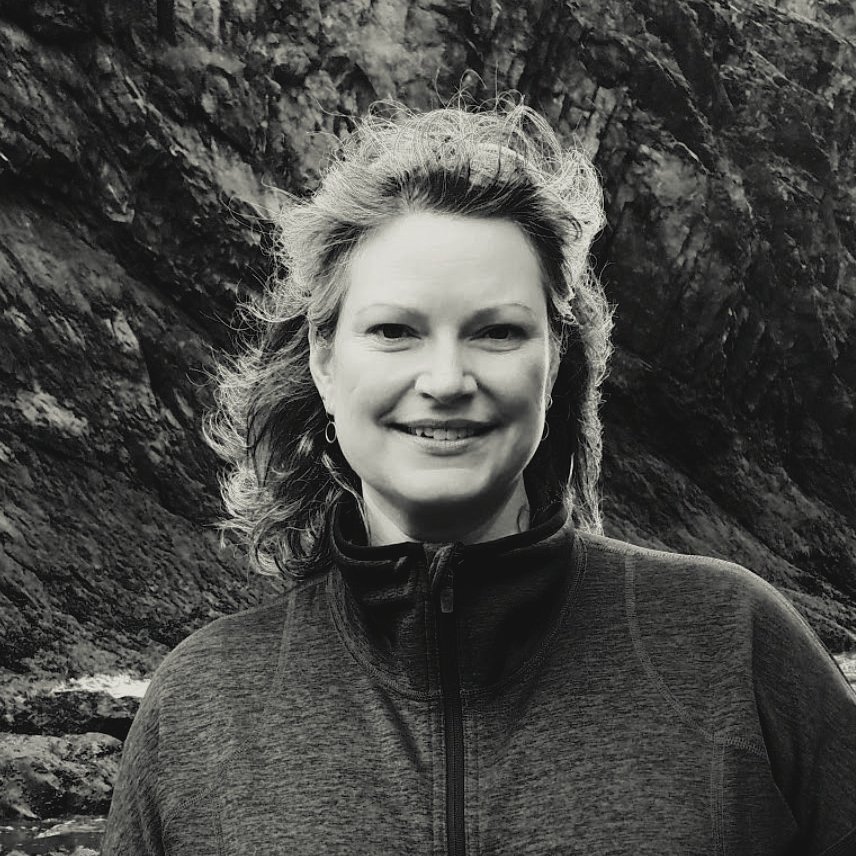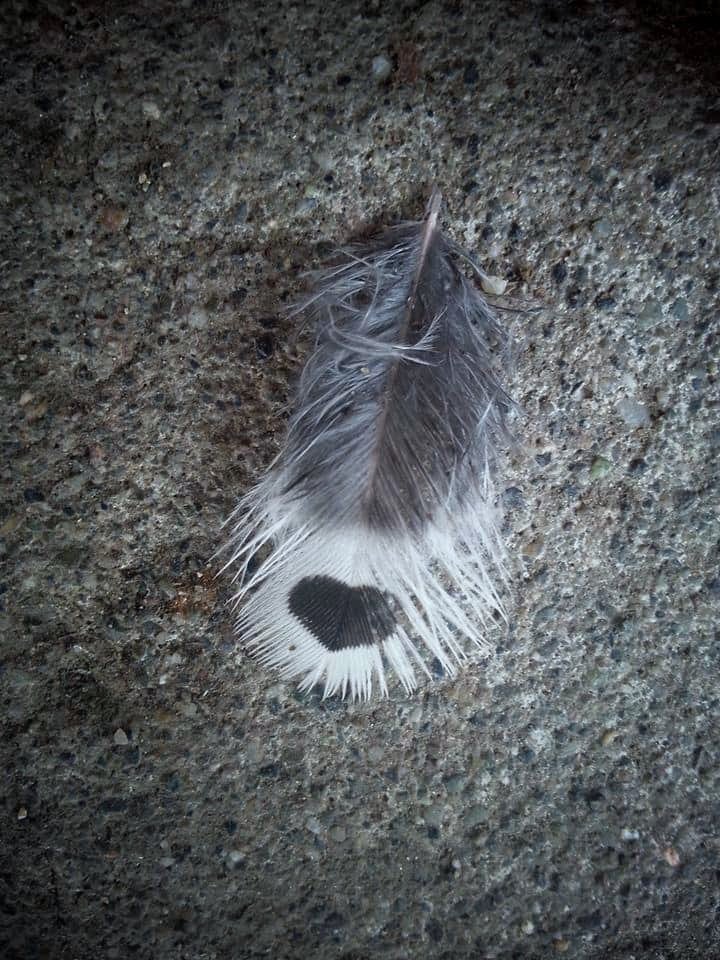
TRACE: To discover by investigation; to follow a trail.
ELEMENTS: The most favorable environments in which a person is happiest or most effective.
Tracing my journey
It began with a desire for change. I knew there was something getting in the way of who I was and who I knew I could be, and it was too great to ignore any longer.
By all accounts, it looked on the outside as if I was ‘successful’. I have been a certified Speech-Language Pathologist for 30 years, well respected as a therapist and have had an extremely rewarding career. I have loving family and friends, and two fabulous children who are growing into amazing young adults. I knew deep down that I was an adventurous, independent, and creative soul… How come it didn’t feel like that was how I was living my life?!? Something was getting in the way. Internally, I felt broken and stuck. Like there was something wrong with me. Like these successes were somehow a total fluke. I felt like an IMPOSTER.
It always seemed like I had to work so hard to do the simplest of daily tasks.
It was difficult to make phone calls or get anything accomplished ahead of a deadline. I truly always felt like joy and fulfillment were frustratingly just out of reach, buried under a mountain of “shoulds” and a constant game of catch-up. I was often stressed, overwhelmed, and felt paralyzed just trying to make simple decisions. I had difficulty staying organized, getting things done, being on time, and holding it all together. When asked, “What do you do for fun?”…. I thought, “Who has time for fun?!?”
My life felt like a never-ending series of missed opportunities, which led to long-standing feelings of doubt, shame, and resentment. Apparently I was very talented at hiding, or masking, all of this internal chaos in order to appear “normal” on the outside, even though I did not realize at the time that was what I was doing. Instead, I felt like a ‘bad’ mom, friend, colleague, daughter, sister, partner. It was exhausting and I felt like such a failure. UNTIL….
I was diagnosed late in life with ADHD - Attention Deficit Hyperactivity Disorder - a neurodevelopmental ‘disorder’ that is characterized by inattention, impulsivity, and hyperactivity.
ADHD is not so much a brain disorder as it is a brain difference - we ADHDers are just wired differently. We do not have a “deficit” of attention; rather, we pay attention to everything, especially if it is interesting! The issues we face often have to do with challenges around managing or regulating all of that attention. To get technical about it, our ability to pay attention has to do with the way our brains produce and metabolize neurotransmitters like dopamine and norepinephrine. Having ADHD explains in part why a person can focus so well on things that are interesting or stimulating, and may have difficulty maintaining focus on things that are boring or mundane, no matter how important they are. It can be frustrating to people who have it, or for those around them, because it can make that person appear lazy or defiant when in fact their neurotransmitters just aren’t firing properly in order to focus or get stuff done!
Another significant component of ADHD is the brain’s challenges with executive functioning: skills that include planning, organizing, emotional regulation, time management, decision-making, motivation, and working memory, to name a few.
ADHD is frequently misdiagnosed (often as depression and/or anxiety, which can also coexist with, or at times be caused by, ADHD) or overlooked entirely since everyone experiences some of these difficulties at one time or another. The difference between ADHDers and neurotypical individuals, however, lies in the intensity and number of traits, and how they impact a person’s quality of life over time. Trauma and other mental health conditions can have similar symptoms to ADHD, or be co-occurring, adding to the difficulty of a proper diagnosis.
Fewer than 5% of women who have ADHD will be diagnosed during their lifetime.
There can be gender differences (in presentation, hormonal effects, and in the lack of representation in research studies, for example) which frequently leads to fewer females receiving a proper diagnosis. In girls and women, the hyperactive component of ADHD can often present as cognitive (internal), rather than physical (external), hyperactivity.
These types of ADHDers are diagnosed with ADHD Inattentive type, formerly called ADD (Inattentives make up 10% of the ADHD population; the majority of ADHDers are Combined type, which is both hyperactive-impulsive and inattentive). Mic drop. This certainly explained my “monkey mind” that never, ever seemed to stop! I would get distracted by and mired in overthinking, daydreaming, overwhelm, endless creative ideas (not all of which were sustained long enough to come to fruition… “SQUIRREL!”), excessive worry, entertaining but truly rambling story telling, and many trips down many rabbit holes.
Finding my element
Like many adults, I discovered I had ADHD when my son was diagnosed with it.
Finding out that our brains are wired differently was life changing. This led to finding my tribe - people who could relate to my life experiences, understood my uniqueness, and supported my own journey of learning to accept and love myself and all of my quirks. I also learned that some of the most creative artists and visionaries, successful athletes and entrepreneurs, and outstanding contributors to society have ADHD. It can be a source of strength and innovation when you understand it and learn to dance with it.
I had no idea how much the shame around the fear of not being “normal” had insidiously affected my life. In believing the story that I was somehow broken, even in the face of my successes, I was unknowingly telling myself that it was just too difficult to live the life I wanted to live - my best life. My undiagnosed and unmanaged brain wiring was contributing to me getting in my own way.
I have known my purpose, my true calling, in life for quite some time but until my diagnosis, I did not clearly understand how aspects of my ADHD were impacting my ability to fulfill that calling. I needed to feel better about my own life, and experience living in a way that works with my presentation of ADHD, before I could support others in doing so.
Like many of us who have gone through a significant transformation - from whom we thought we were to finally being able to share our truest, most authentic selves with the world - I am now passionate about helping you discover your own elements as well, whether you are neurodivergent or neurotypical (non-ADHD).
Each and every one of us has a purpose for being here. Mine is to support you in pursuing your own goals and reaching your own potential so that you, too, can present your unique gifts to the world and make it a better place.
By going through the process of discovering and understanding my own and my children’s neurodiversity, I realized that this is not just a career shift, it is my life path and a spiritual journey for me. One where my values, talents, interests, and strengths are in alignment with how I try to show up every day. My “work” and “life” are more balanced. I now have a sense of ease, peace, resilience, and joy that had been missing most of my life.
I wish the same for you.
Live well. Laugh often. Love much.
— Dalai Lama
“Finland is officially the world’s happiest country.
It is also 75% forest. I believe these facts are related.”
- Matt Haig
Professional Experience/Education
ACCG (Advanced Certified Coach Graduate) from ADDCA (ADD Coaching Academy), an internationally recognized ADHD Coach training program fully accredited by ICF (International Coaching Federation) and PAAC (Professional Association for ADHD Coaches). I am a Life Coach and ADHD Coach, specializing in helping both neurodivergent and neurotypical adults around the world trace the elements that lead to living their most meaningful, joyous, and compassionate lives.
Master of Arts in Communication Sciences and Disorders from Western Washington University, Certificate of Clinical Competency in Speech-Language Pathology from the American Speech-Language-Hearing Association, and Washington State Licensure as a Speech-Language Pathologist. For 30 years, I supported the development of communication skills, including executive functioning, for youth of all ages as an SLP in both the public school system and private practice. I was also passionate about providing home-based Early Intervention services to the Birth-to-Three population for more than 15 years, working closely with infants and toddlers and their families and care-givers to improve outcomes and quality of life.
Bachelor of Arts in Anthropology from University of Oregon where I studied Cultural & Physical Anthropology, Linguistics, and Archaeology and spent a fun, sweaty summer participating in a dig near Fort Rock Cave where the “original tennis shoes” (sandals made of shredded sagebrush bark 10,000 years ago) were discovered. This is also when I discovered my love of and fascination with learning to understand what makes people who they are and who they are becoming.











